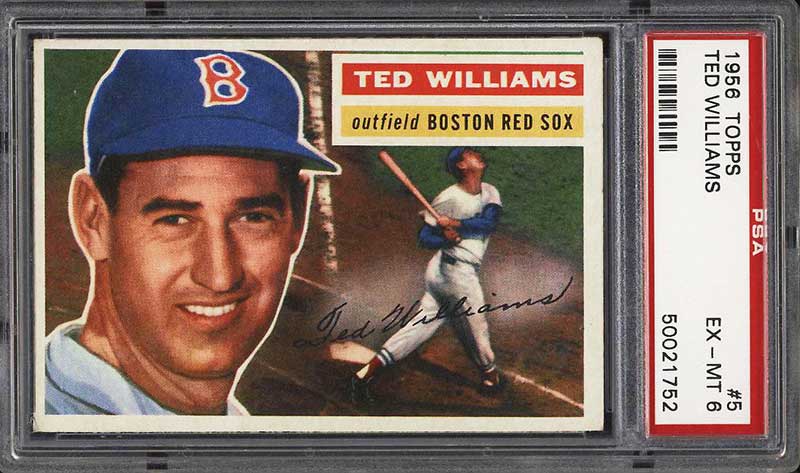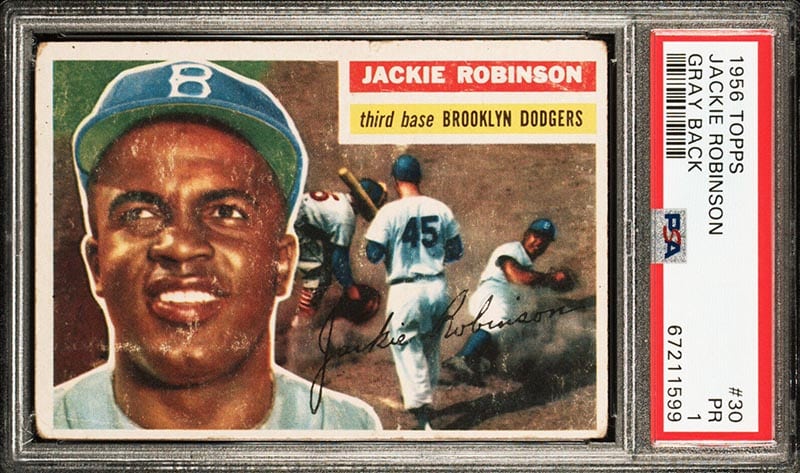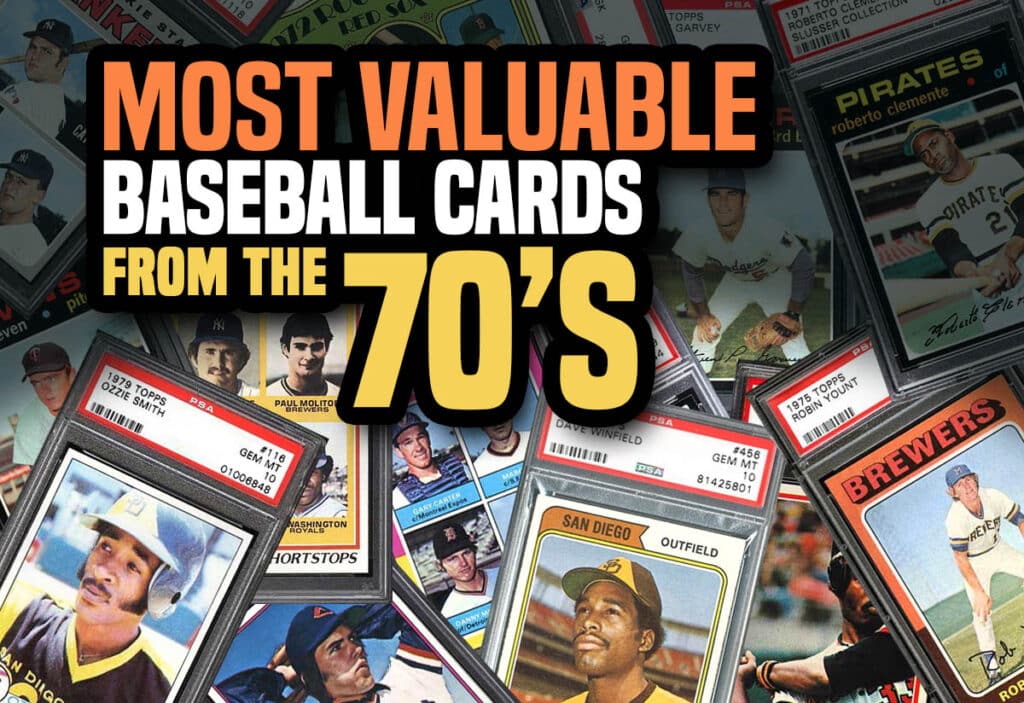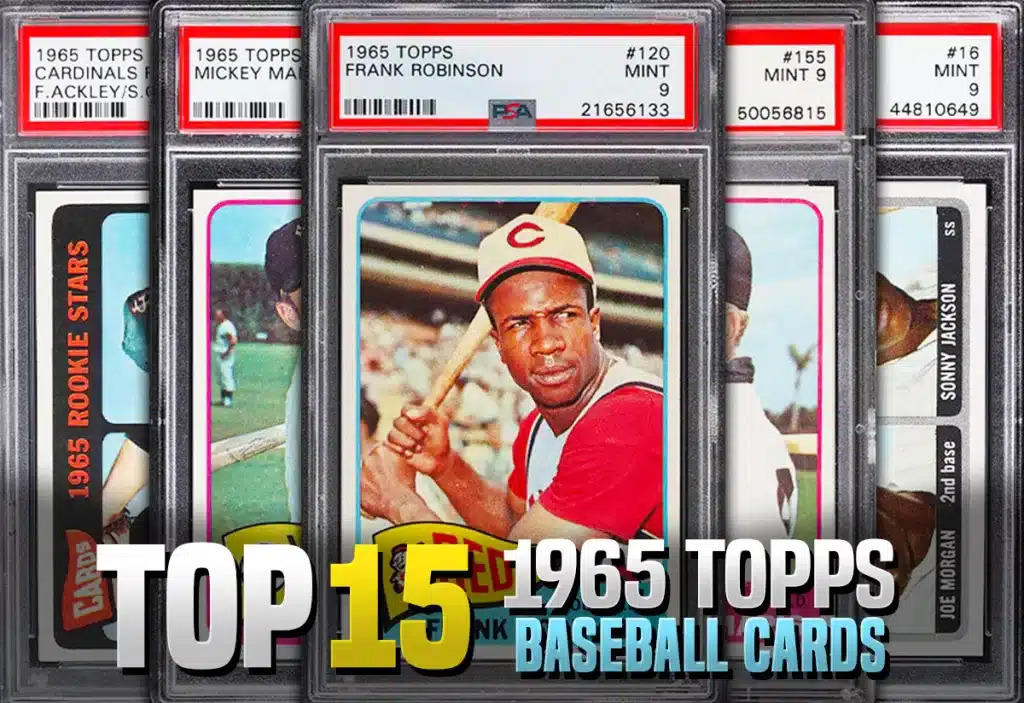Introduction to grading baseball cards
Grading baseball cards is the process of evaluating the condition of a card and assigning it a numerical grade. This process is essential because the condition of a card can significantly affect its value. A card in near-mint condition will be worth considerably more than a heavily worn or damaged card. To learn more about which grading company to submit your cards to read this article.
Several grading companies specialize in grading baseball cards. PSA (Professional Sports Authenticator), SGC (Sportscard Guaranty), and Beckett Grading Services are well-known and widely recognized companies. Each company has its own grading scale, but generally, the higher the grade, the better the condition of the card and the more valuable it is.
When grading baseball cards, these companies consider several factors.
7 Tips to get better grades with PSA
Before we begin, we should use a magnifying lamp when grading baseball cards. It allows us to view the cards in a much better light and close-up. Click here to see a list of the best-magnifying lamps for grading baseball cards.
1. Centering
One of the first things to look for when grading a baseball card is its centering. Centering is how well the image on the front and back of the card is within the borders. Well-centered cards will have the image horizontally and vertically, with equal borders on all four sides. Off-center cards will have more border width on one or more sides, which can significantly affect a card’s grade.
For example, this 1956 Topps Ted Williams baseball card is slightly off-center, top to bottom, and left to right. The white border on the right side is wider than the left side and the same from top to bottom.

2. Corners
The next thing to look at when grading a baseball card is the condition of its corners. Cards with sharp, clean corners with minimal wear will receive a higher grade than cards with rounded or damaged corners. Look for any chipping, fraying, or creasing on the corners, which can significantly affect a card’s grade.
The Jackie Robinson baseball card below has soft corners and damage on all four. This resulted in PSA determining the card to be in poor condition with a grade of PSA 1. Moreover, the centering is off, with significant damage to the surface and edges. With high-grade cards, you need sharp corners.

3. Edges
Similar to corners, The edges of the card also play an essential role in determining its grade. Look for any chipping or fraying on the edges, which can significantly affect the overall condition of a card. Cards with smooth edges and minimal wear will generally receive a higher grade.
4. Surface
The card’s surface should be free of scratches, stains, and blemishes. Cards in mint condition will be glossy, and the colors will be vibrant with no discoloration or fading.
5. Focus
The image should be in sharp focus. Cards that are out of focus or blurry will receive a lower grade. The PSA 9 Ted Williams baseball card shown below is in near-perfect condition. The image is sharp, and in focus, the borders are pretty even on all four sides, with four sharp corners and edges. This is what your baseball cards should look like to get top dollar for them.

6. Authenticity
Lastly, ensuring the card is authentic and not a reproduction; can significantly affect the card’s value. To certify the authenticity of a card, send it to a third-party grading company such as PSA or Beckett.
Grading baseball cards is subjective.
Once all these factors are considered, you can assign the card a grade on a scale of 1 to 10. It’s important to note that grading is a subjective process, and different graders may have slightly different opinions on the condition of a particular card. However, using the guidelines above can help you make a consistent, fair assessment of the condition of a baseball card.
Why should you grade your baseball cards?
Grading baseball cards is essential for several reasons. Once a card is graded, the grading company will seal it in a tamper-proof holder with the grade printed on a label. This allows buyers to verify a card’s condition and authenticity and increases the card’s value.
How to submit your cards to Beckett
How to submit your cards to PSA
- It establishes the condition of a card: A card that a reputable company has graded has verified its condition, which helps buyers make more informed purchasing decisions.
- It adds value to a card: A card that has been graded and is in near-mint condition will be worth more than a card that is in similar condition but has yet to be graded.
- It provides protection: Cards that have been graded and sealed in a tamper-proof holder are protected from further wear and tear, which can increase their value over time.
- It ensures authenticity: Grading companies also provide the authenticity of autographs and game-used memorabilia on a card, which can significantly affect its value.
Conclusion
In summary, grading baseball cards is a process that requires a close examination of various factors, including centering, corners, edges, surface, focus, and authenticity. A card’s grade can significantly impact its value, so it’s essential to be as objective as possible when assessing a card’s condition. Read this article to learn more about how to submit to PSA.
By having your cards graded by a reputable company, you can establish the condition of the card, add value to it, protect it, and increase its authenticity. This can help buyers make more informed decisions and increase the value of your collection.
From a young age, Matt dove deep into sports card valuation, turning to esteemed price guides like Beckett and Tuff Stuff. Eventually he extended to Pokémon, Magic: The Gathering, and Yu-Gi-Oh!. With a vision to sustain and nurture the hobby he loved, Matt established the ‘Graded Card Investor’ YouTube channel and website. He aims to foster a healthy community and offer invaluable insights to those entering the world of sports cards and TCGs. His depth of understanding, from the card market’s 2020 pinnacle to its 1990s valleys, is consistently fortified by meticulous research.


